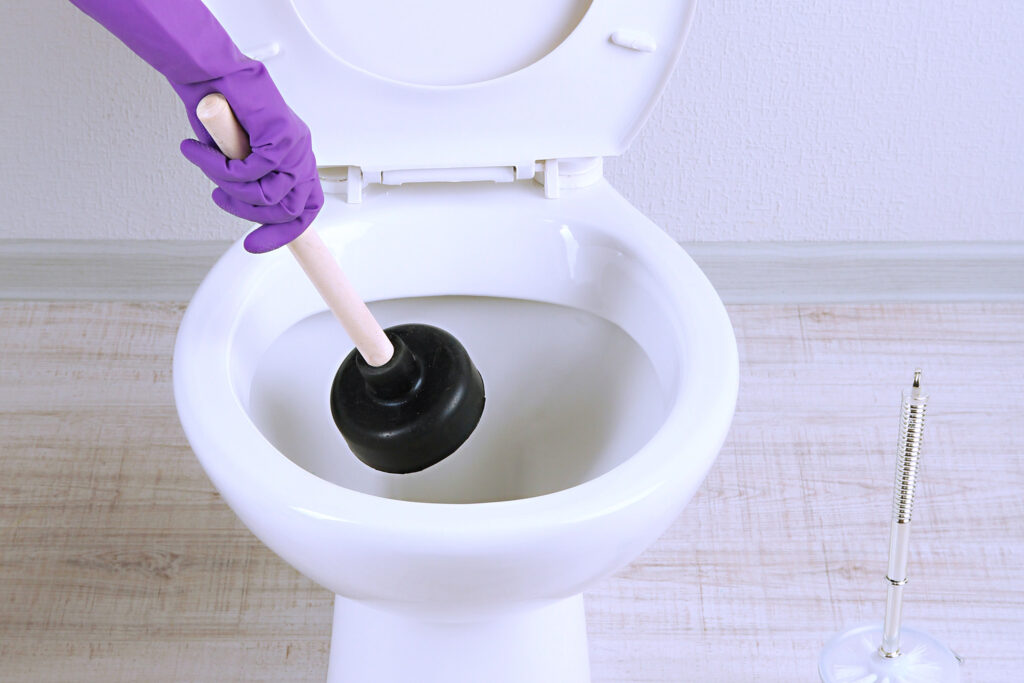Blocked drains can be a real nuisance, causing unpleasant odours and even leading to more serious problems like flooding. While professional help is often the best course of action, there are some DIY drain unblocking methods that homeowners can try safely. In this article, we’ll explore various techniques for DIY drain unblocking, ensuring that you can tackle minor issues without putting yourself or your drainage system at risk.
Understanding the Causes of Blocked Drains
Before diving into the methods for DIY drain unblocking, it’s crucial to understand what causes drains to block in the first place. Common culprits include grease, hair, soap scum, and foreign objects. Knowing the cause can help you choose the most effective unblocking method.
Basic Tools You’ll Need
To tackle drain unblocking at home, you’ll need some basic tools. These include:
- Plunger
- Drain rods
- Chemical drain cleaner
- Bucket and gloves
Having these tools on hand will make the process smoother and more effective.
Plunger Method: The Old Reliable
Using a plunger is perhaps the most straightforward method for DIY drain unblocking. Here’s how to do it:
- Preparation: Fill the sink or bathtub with enough water to cover the plunger’s rubber part.
- Seal and Plunge: Place the plunger over the drain hole and push down and pull up vigorously several times.
- Check: Remove the plunger and see if the water starts to drain.
If the water drains, you’ve successfully unblocked the drain. If not, you may need to try a different method.
Chemical Drain Cleaners: Use with Caution
Chemical drain cleaners can be effective but should be used cautiously. Always read the instructions and take necessary safety precautions like wearing gloves and ensuring good ventilation.
- Pour the Cleaner: Follow the instructions on the bottle for the correct amount.
- Wait: Allow the cleaner to sit for the time specified on the bottle.
- Flush: Run hot water to see if the blockage has cleared.
Note: Chemical drain cleaners are not suitable for all types of pipes and can be harmful to the environment.
Drain Rodding: For Stubborn Blockages
Drain rodding is another effective method for DIY drain unblocking, especially for more stubborn blockages.
- Insert the Rod: Push the drain rod into the blocked area.
- Twist and Push: Twist the rod in a clockwise direction while pushing it further into the drain.
- Retract: Once you feel the blockage give way, retract the rod and run water to check if the drain is clear.
Safe Drain Unblocking Methods: What to Avoid
While DIY methods can be effective, there are some things you should avoid:
- Boiling Water: This can warp PVC pipes.
- Excessive Force: When using drain rods, too much force can damage the pipes.
- Mixing Chemicals: Never mix different types of chemical drain cleaners as it can result in harmful fumes.
When to Call the Professionals
If you’ve tried multiple methods and the blockage persists, it’s time to call in the professionals. Persistent blockages could be a sign of more serious issues like root ingress or structural damage that require expert attention.
How Maintain Drains Can Help
At Maintain Drains, we offer a range of fast and efficient drain unblocking services. Our team of experts can tackle your drainage emergency quickly, cleanly, and safely, 24/7. From CCTV drain surveys to advanced drain jetting, we have the technology and training to resolve any drainage issue you may have.
Facing persistent drainage issues? Don’t hesitate to contact Maintain Drains for a free and fast quotation with no obligation. We’re available 24/7 and accept both cash and card payments.
By following these DIY drain unblocking methods, you can often resolve minor issues yourself. However, for persistent or complex problems, professional help is just a call away
FAQs
Q: What is the best way to unclog a drain naturally without harsh chemicals?
A: Unclogging a drain naturally is eco-friendly and safer for your pipes and the environment. One effective method is to pour a mixture of baking soda and vinegar down the drain, followed by hot water.
Q: How can I DIY a blocked toilet?
A: One approach is to use a plunger to create suction and dislodge the blockage.
Q: What homemade drain cleaner can I use to clear a clog in my bathroom sink?
A: DIY drain cleaners made from common household ingredients can effectively clear clogs in bathroom sinks without resorting to harsh chemicals.
